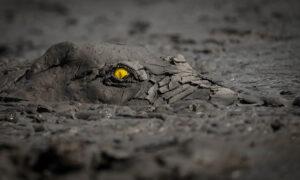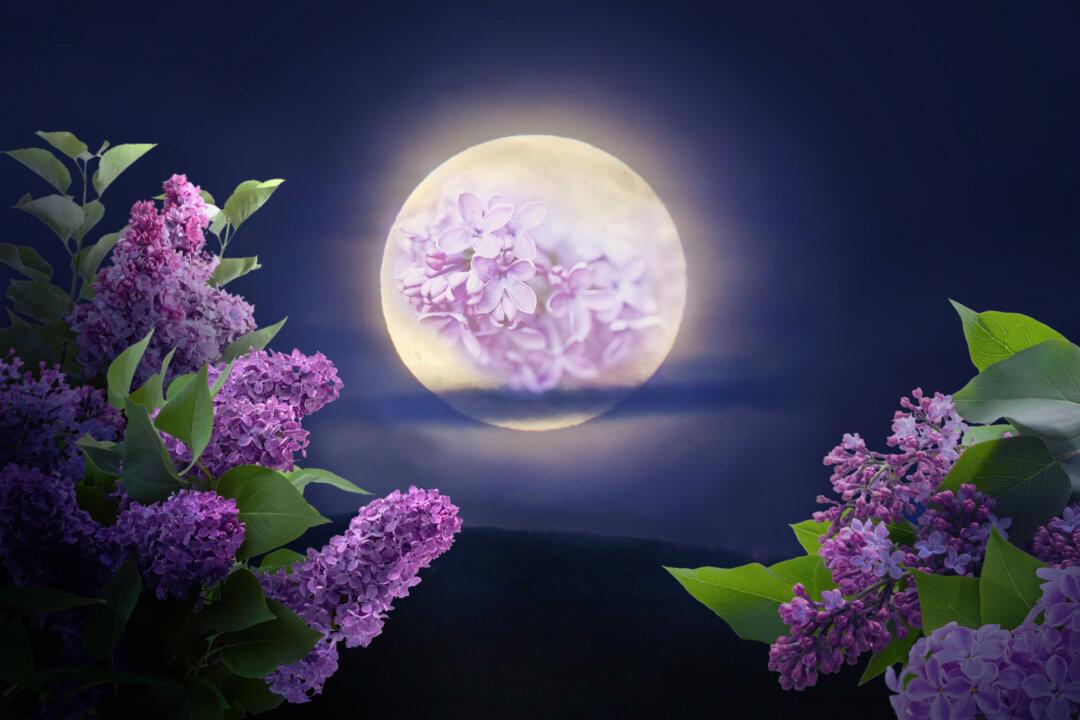“She always says the camera found me and not vice versa,” photographer Kurt Moser said, denoting his collaborator, Barbara Holzknecht. “This project is more than work and it’s more than a project. It’s a lifestyle for us.”
Mr. Moser found his ambrotype camera—a clunky salvage from 1907, larger than a man—while visiting a photographer’s studio in Milan in search of old antique camera parts. Seeking brass lenses, he arrived and was invited to have coffee and see what they had. Though he found no brass lenses that day, on his way out he saw the “huge, beautiful wooden bellows” under a dust-covered blanket and thought it was the most beautiful thing. He bought it on the spot and took it home.
Time Plays a Different Role
He called Ms. Holzknecht and said he wanted the ambrotype to be his next project. “You’re completely crazy,” she said. “Forget it, this will never work.” But Mr. Moser insisted. He'd found his new passion, though mastering it would not be easy. Nor would it be cheap.
Mr. Moser was raised in the mountains of northern Italy and had worked for 30 years as a director of photography for the different international broadcast companies, filming documentaries, touring warzones, and traveling the world. He had seen his share of action and now had returned home to Bolzano, north of Milan, to ease things up. The ambrotype—that ancestral root of photography from 1850—would help slow the pace.
Far from the world of digital cameras, time plays a very different role in ambrotype. It takes a whole day to produce a single wet plate—that heavy 24- by 24-inch black glass that they have to order from Bohemia. Unlike film, ambrotype does not produce negatives that can be copied, but rather unique, direct positives. Oddly, it “sees” ultraviolet wavelengths which to the human eyes are invisible.
The results are one-of-a-kind.


The photographers planned to plunge into the Italian Dolomites on an assignment. They would convert a van into a mobile darkroom, drive into rugged landscapes, and capture peerless panoramas. They would also photograph the enigmatic folk who dwell there—having spent their whole lives up there, having never seen a city nor used a smartphone. And the duo would produce all this through ambrotype.
But first they had to learn how.



An Unforgiving Process
To master the unforgiving process of ambrotype, Mr. Moser had to catch up on his chemistry. The process is intensive: Each plate must be coated in an ether-alcohol emulsion containing various salts, before being submerged in a silver nitrate powder-distilled water solution. This makes it photosensitive. Time is key, for should the plate dry it is useless. Then it is loaded into a magazine and immediately shot. The setup—model, composition, and lighting—must be ready well before that crucial moment.To make matters more nerve-wracking, there is no way to measure the exposure, though taking multiple pre-samples helps them guess. Usually 10 to 20 seconds will do, yet one never knows as light conditions are constantly fluctuating. Wet plate exposures are also finicky, and just a one-degree shift in temperature can ruin a shot. Thus, no “two pictures are identical, absolutely no way,” Mr. Moser said. “It’s a one-of-a-kind piece you cannot do it twice.”

The learning curve was steep, the costs daunting. There were phantasmal accidents; sometimes it took days to produce an image. Now, nearly eight years on, they have grasped the process, yet Mr. Moser admits the learning never stops: “You always learn something new and you write it down, and then you have it in your brain for the next time.”
Masters of Lightcatching
Mr. Moser’s ambrotypes peer into the souls of his subjects in a way modern cameras cannot. Unlike smartphone, digital, or even analog cameras that can take split-second selfies, his subjects must stay extremely still for long lengths of time. “You cannot keep a smile for 20 seconds, that would look completely stupid,” he said. Ambrotypes force you to slow down and be present. “You don’t try to put yourself in some strange positions that you usually would do in photography,” he said. “So something very, very sincere comes out.”Some say his portraits all look so serious. That’s why.


During photoshoots, his subjects spend a day in the studio. With jazz playing softly they are left to themselves and asked to not fiddle with their phones. Most city folk aren’t comfortable living in the present, unplugged, Mr. Moser said. Thus, ambrotype reaches for the human beneath the social media façade.
The Dolomite mountain dwellers, meanwhile, have mastered time. Mr. Moser photographed 93-year-old Much, who'd lived there his entire life. He gazed on the finished portrait. “You know what?“ he asked Mr. Moser. ”Your pictures don’t lie.”
“This was something, wow, for me,“ the photographer told us. ”He understood perfectly the core idea of this photography. He was a mountain farmer, you know, not a philosopher, not a writer.”


“When you look at a portrait that you produce, you can tell people’s soul,” Mr. Moser said. “It is something that I don’t think AI can do.”
Pressing on through the bitterly cold mountains in their mobile darkroom hasn’t gotten easier. Nor is the process any less unforgiving today. Now, far from the assignments that racked up 5,000 shots in one go, Mr. Moser shares what keeps him waking at 4 a.m. to prep chemicals for a single exposure that might not turn out: It takes “really a lot of passion.”

















